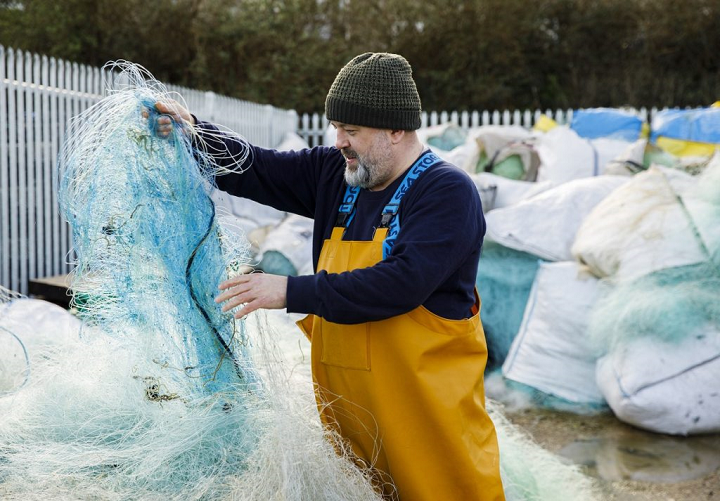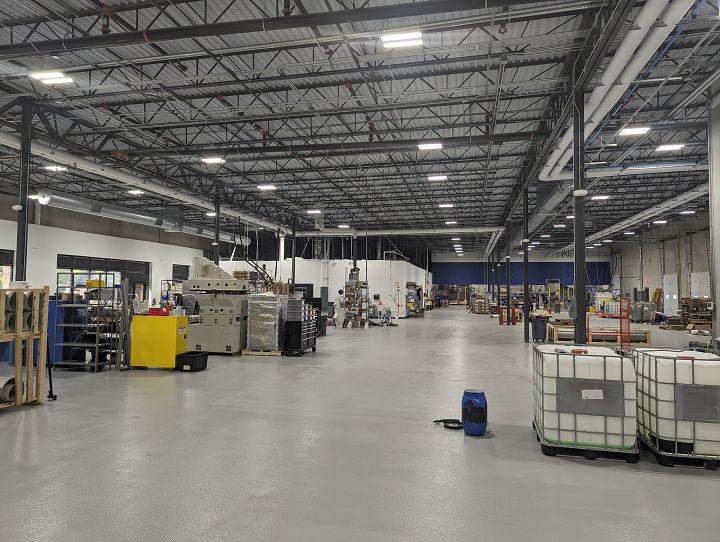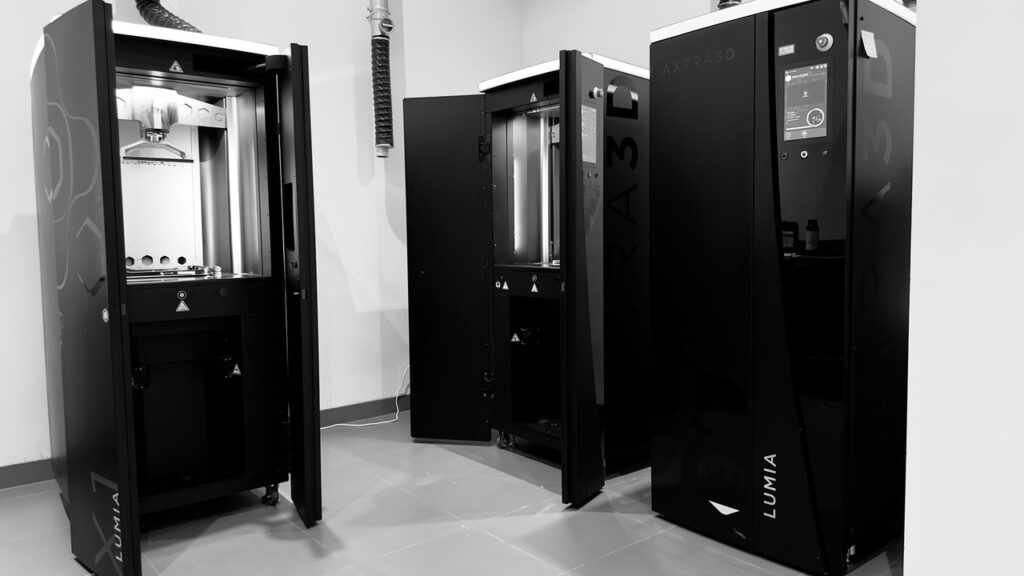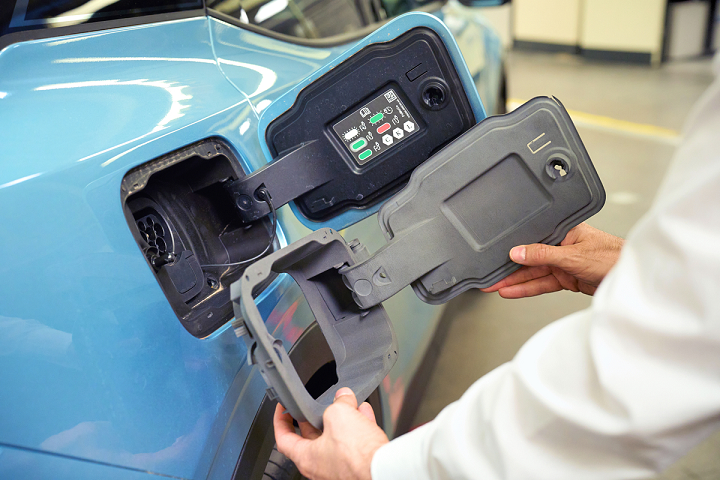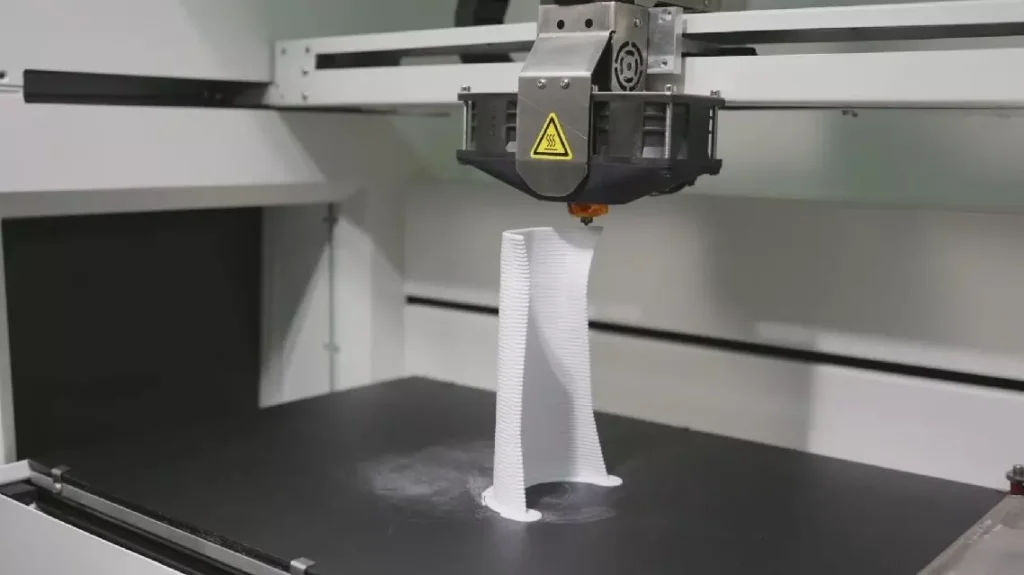Good news for Fishy Filaments, which has reached a major funding milestone! This kicks off our business news in today’s 3D Printing News Briefs, followed by Voxel Innovations relocating its headquarters. Axtra3D has a new reseller, and has sold one of its 3D printers to Molex. Moving on, Ford and Formlabs shared an inside look at the 3D printing used to finalize the design for the Electric Explorer. Finally, researchers made bioinks out of microalgae, and a medical technology company in China reports a global breakthrough in high-speed 3D printers.
Fishy Filaments Surpasses Crowdcube Funding Target
Cornwall-based Fishy Filaments made a name for itself by recycling used Cornish gill nets into carbon-free Nylon filament for advanced engineering and additive manufacturing. The company had its first successful equity crowdfunding campaign on the Crowdcube platform back in 2017, and aimed to raise £150,000 through its most recent Crowdcube campaign. But with more than a week to go, the company passed its funding target. Months ahead of schedule, Fishy Filaments had a successful trial with partner Alpha Powders for its PA6-CF material, using SLS technology to print a test form, and this likely increased interest from investors. The funding will be used to help develop, expand, and market the company’s range of high-value, recycled pellets and filaments.
“With such a groundswell of support from around the world, and news of our first successful powder print, it’s exciting to think what we might achieve in the remaining days of our Crowdcube campaign,” said Ian Falconer, Founder and CEO of Fishy Filaments.
“Critically, overfunding will enable us to accelerate our work at pace, allowing us to fast-track our product R&D programme, market our new materials more effectively, and hit our long-term social, environmental and economic goals sooner.”
PECM Specialist Voxel Innovations Relocates HQ to Bigger Facility
Advanced manufacturing company Voxel Innovations, which specializes in pulsed electrochemical machining, or PECM, has relocated its headquarters from Raleigh to to a new, expanded facility in Knightdale, North Carolina. Founded in 2015, the company developed PECM to help engineers having difficulty manufacturing next-generation critical components for challenging environments that need materials, like Inconel and refractory metal alloys, that are tough to machine. The technology is a non-contact, non-thermal material removal method, which uses electrochemistry to enable repeatable creation of small features and super-finished surfaces on metallic parts, like turbine blades and nitinol bone fixtures. There is increased demand for Voxel’s automated PECM production lines across many industries, such as energy, medical device, defense, and aerospace, which is why the company needed more space. The expansion allows Voxel to upgrade its production capabilities and testing, laboratory, and metrology equipment.
“Voxel’s growth into our new facility is an important milestone in our growth, allowing us to expand our capacity for both existing and new customers,” said Voxel Innovations CEO Daniel Herrington. “We are excited for this next chapter in Voxel’s story while also helping to grow the advanced manufacturing industry in the research triangle region of North Carolina.”
Axtra3D Sells Lumia X1 and Announces New Reseller
Axtra3D, which specializes in in high-speed SLA systems, has two good pieces of news to share. First, it’s announced that premier 3D printing solutions provider Nota3D has joined its network of full access, demo site resellers. The main goal of the collaboration is to improve the availability and support of its Axtra Solutions business model, which provides optimized, turnkey 3D printing solutions and offers customers accessibility and superior service from the Applications team and quality material partners. Second, through new reseller Nota3D, global electronics and connectivity company Molex has acquired Axtra3D’s Lumia X1, driven by Hybrid PhotoSynthesis (HPS). Molex is working on initial qualification of applications to aid its manufacturing processes and support its business models, and the fast, precise Lumia X1 will help the company develop is proof of concept applications and prototype parts.
“Partnering with Nota3D allows us to significantly expand our reach and enhance our service offerings. Their dedication to quality and customer satisfaction aligns perfectly with our mission, and their expertise in the 3D printing industry ensures that our customers receive the best possible support and solutions,” said Greg Elfering, EVP of Global Sales for Axtra3D. “This collaboration not only broadens our market presence but also strengthens our ability to deliver innovative, high-performance 3D printing technology to a wider customer base.”
Form 4 Beta Tester Ford Uses 3D Printing to Finalize Electric Explorer
Ford Motor Company produces over 4 million vehicles a year, now including the all-electric Explorer. This is the first EV for the European market, and recently entered serial production in Ford’s Cologne assembly plant. The company knew that to deliver an all-EV lineup by 2030, and keep up with the competition and increasingly shorter development cycles, it would need to make a bold move. So it became one of the first beta users of the super-fast Form 4 by Formlabs. The Form 4, Form 3L, and Fuse 1 all made it possible for Ford to print new prototypes, such as the rearview mirror assembly, dashboard parts, and exterior features, in just hours. 3D printing was also used to create prototypes for the Electric Explorer’s complex charging port and cover, and to validate the designs of interior parts. Ford also 3D printed insert molds to use with its in-house industrial injection molding machine, as each door handle needed two rubber components for damping and insulation, and SLS 3D printing was used to test mechanical parts.
“Form 4’s speed and materials versatility enable us to create multiple prototypes and manufacturing aids every day. The printer has already changed the way we design and produce parts, helping us drive efficiency in our product development,” said Bruno Alves, Development Engineer AM/IM, Ford Motor Company.
Raw Materials from Microalgae Used to Make Bioinks for 3D Printing
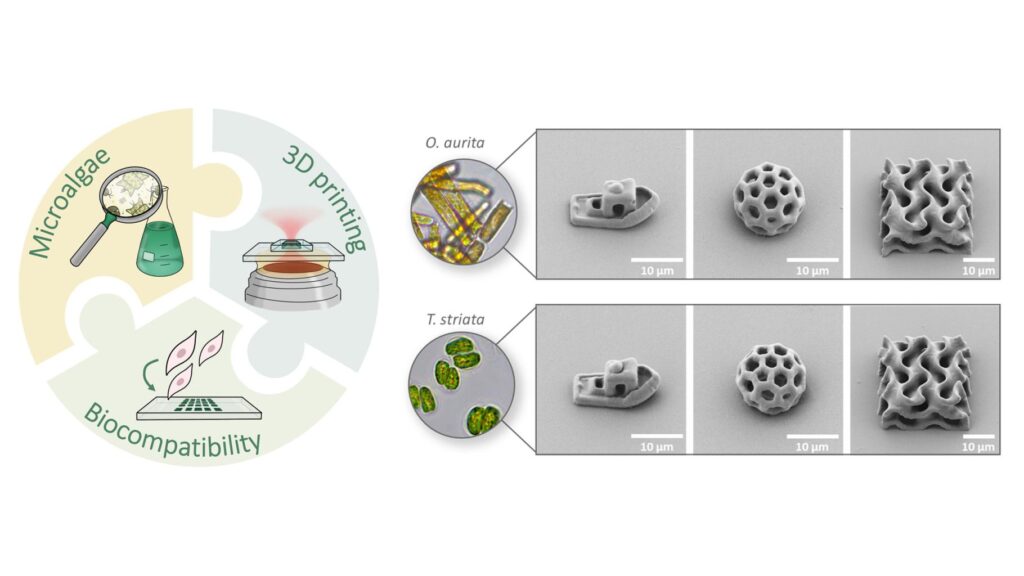
A new ink system, based on the microalgae Odontella aurita and Tetraselmis striata, enables the manufacturing of complex 3D microstructures with high quality and precision. Image courtesy of Clara Vazquez-Martel, IMSEAM.
Two-photon polymerization (2PP), which uses a focused laser beam, is great for printing micro- and nano-structures, and due to its high resolution, is used for photonics, optics, biomedicine, and microfluidics. Unfortunately, it’s mainly used with petrochemical-based polymers, which release greenhouses gases and are based on fossil fuels. A team of researchers led by the Institute for Molecular Systems Engineering and Advanced Materials (IMSEAM) at Heidelberg University developed more sustainable bioinks for 2PP from raw materials in microalgae that are rich in photoactive dyes and fats. Microalgae are biocompatible, bind carbon dioxide, and grow quickly, and the scientists under the 3D Matter Made to Order Cluster of Excellence between Heidelberg and the Karlsruhe Institute of Technology (KIT) used their bioinks to create precise 3D microstructures with complex features like overhanging roofs and cavities. Using the bioinks, 3D micro-scaffolds were created, and cells were cultivated on them for about 24 hours, with a survival rate of nearly 100%.
“Our results not only open up new possibilities for more sustainable 3D printing with light, but also for life science applications – from three-dimensional cell cultures to biocompatible implants,” said Prof. Dr. Eva Blasco, who led the research.
You can read their research paper here.
High-Speed 3D Printers for Medical Equipment in China
Based in Chengdu, the capital of southwest Sichuan Province in China, medical technology company West China Pitech developed what it says are the world’s first 3D high-speed printing (3D HSP) systems for producing medical equipment. The company, which is also a leader in medical rehabilitation with a robotic device and accessible control stick for games to help with upper limb recovery, claim its system is able to 3D print personalized supports for orthopedic casts in less than thirty minutes. These 3D printed external fixation supports are similar to more traditional plaster casts. So far, West China Pitech’s 3D HSP technology has been applied in 16 provinces and regions across the country.
“Our equipment is the world’s first 3D HSP printer. Traditional machines usually take five to six hours to print, but that’s been shortened to about 20 minutes,” said Sun Miao, general manager of West China Pitech. “This is key to the new quality productivity forces that we advocate for now, as it gives patients a better experience and provides more timely treatment.”
Subscribe to Our Email Newsletter
Stay up-to-date on all the latest news from the 3D printing industry and receive information and offers from third party vendors.
You May Also Like
From Polymers to Superalloys: 3D Printing Materials Unveiled at RAPID+TCT 2024
At RAPID + TCT 2024 in Los Angeles, new materials for 3D printing are being unveiled, featuring exciting innovations in polymers and metals. Highlights include a nickel superalloy for extreme...
Is Recycled 3D Printer Filament the Key to Sustainable Development?
Could recycled 3D printer filament be the key to sustainable development? Material extrusion 3D printers are low-cost and useful for creating dimensionally accurate, tough plastic objects made of PLA, PETG,...
3D Printed Mannequins, R2-D2s, Guitars, Drag Racers, & More at MRRF 2023
I’ve heard about it for years, but this summer, the stars finally aligned and I was able to attend a much-lauded 3D printing event in Goshen, Indiana: the annual Midwest...
3D Printing News Unpeeled: Glass and Multi Material SLA
Today we have three exciting research papers to share with you. In a paper in Nature by University of California, Irvine researchers, the mixing of multiple aerosolized materials is discussed....


